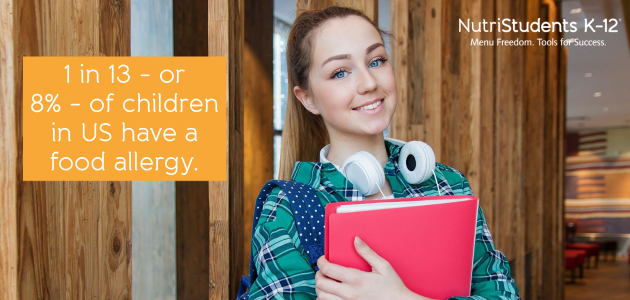
According to the Centers for Disease Control and Prevention (CDC), about 1 in 13 children have a food allergy. That’s about 8 percent of children in the United States. Allergic reactions occur when the body has an immune response to certain foods and symptoms can range from stomach upset and vomiting to life-threatening anaphylaxis.
Studies show that about 20 percent of kids with food allergies will have a reaction while eating at school. For this reason, many schools and early childhood education programs take formal steps to implement food-allergy mitigation and safety plans.
To help schools manage food allergies, the CDC offers a comprehensive Food Allergies Toolkit. In addition to resources for school administrators, superintendents, teachers and paraeducators, transportation staff and health professionals, it includes specific guidelines for nutrition professionals. You will find the following resources:
For children who have Special Diet Statements on file in your district, it’s best not to try to determine if an item on a regular menu contains an allergen. Manufacturers frequently change ingredients in the foods they sell to schools and they are not required to report ingredient/label changes. Even when studying labels, it’s possible that some allergens may not be obvious. Instead, we recommend using our allergen-free menu.
The NutriStudents K-12 allergen-free menu offers delicious entrees that eliminate the most prevalent allergens: dairy, gluten, soy, eggs, fish/shellfish, tree nuts and peanuts. The entrees also contain minimally processed foods with relatively few ingredients, which also helps to safeguard against potential allergens. They can be paired with the grain of your choice (cilantro or garlic brown rice or gluten-free tortilla chips) and a fruit or vegetable. The allergen-free menu is available under the “Lunch” dropdown menu in the client portal.
Also, for NSLP Offer vs. Serve schools, students can select foods that conform to their diet to build a reimbursable meal. For example, if a student wants to eliminate grains, they can build a reimbursable meal by choosing at least three of the remaining four components required (meat or meat alternative, milk/dairy, fruit, vegetable and grain).
Additional information about managing food allergies in schools can be accessed on the CDC website.